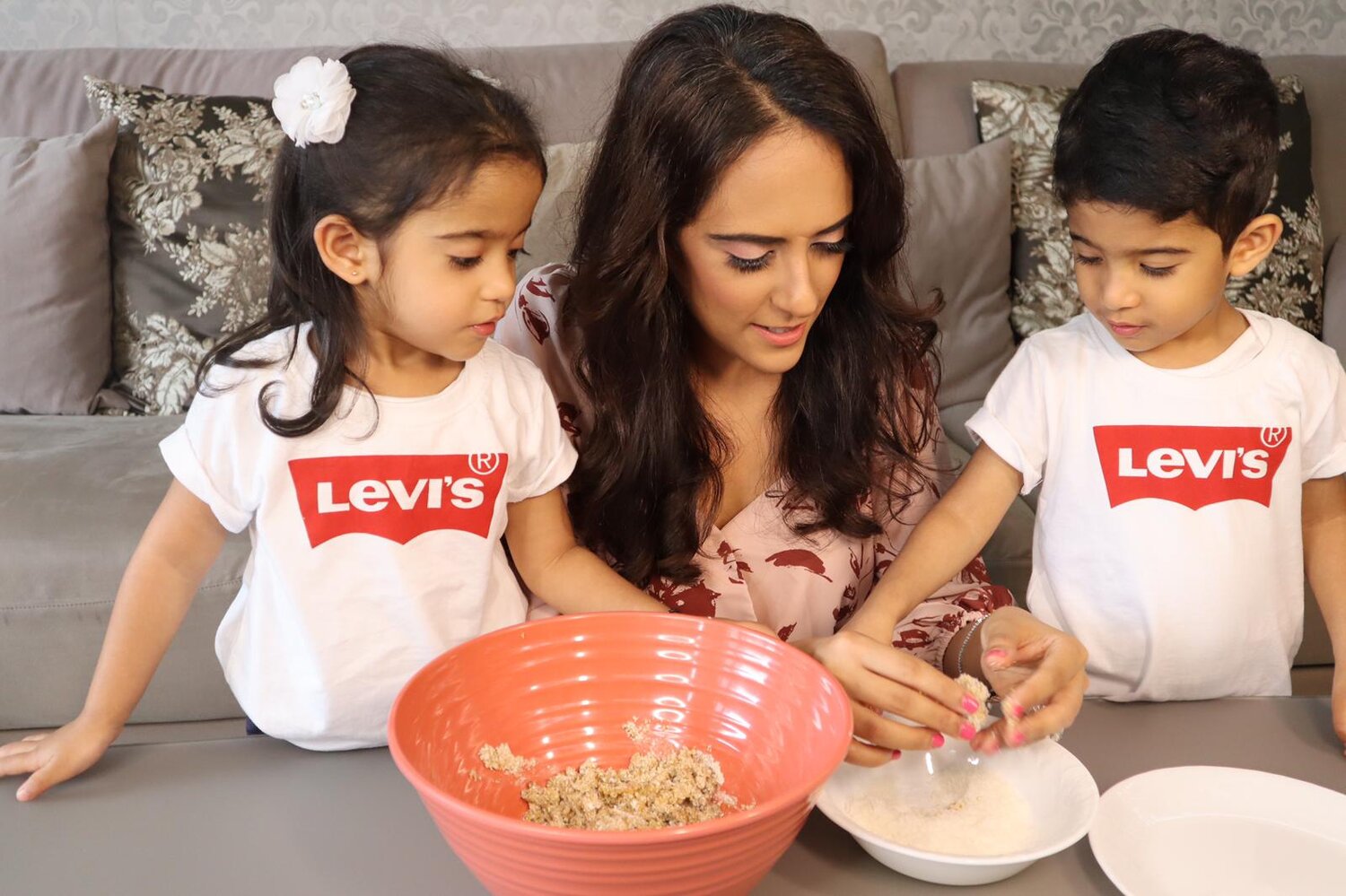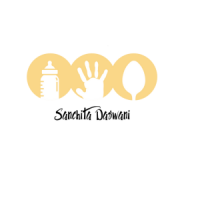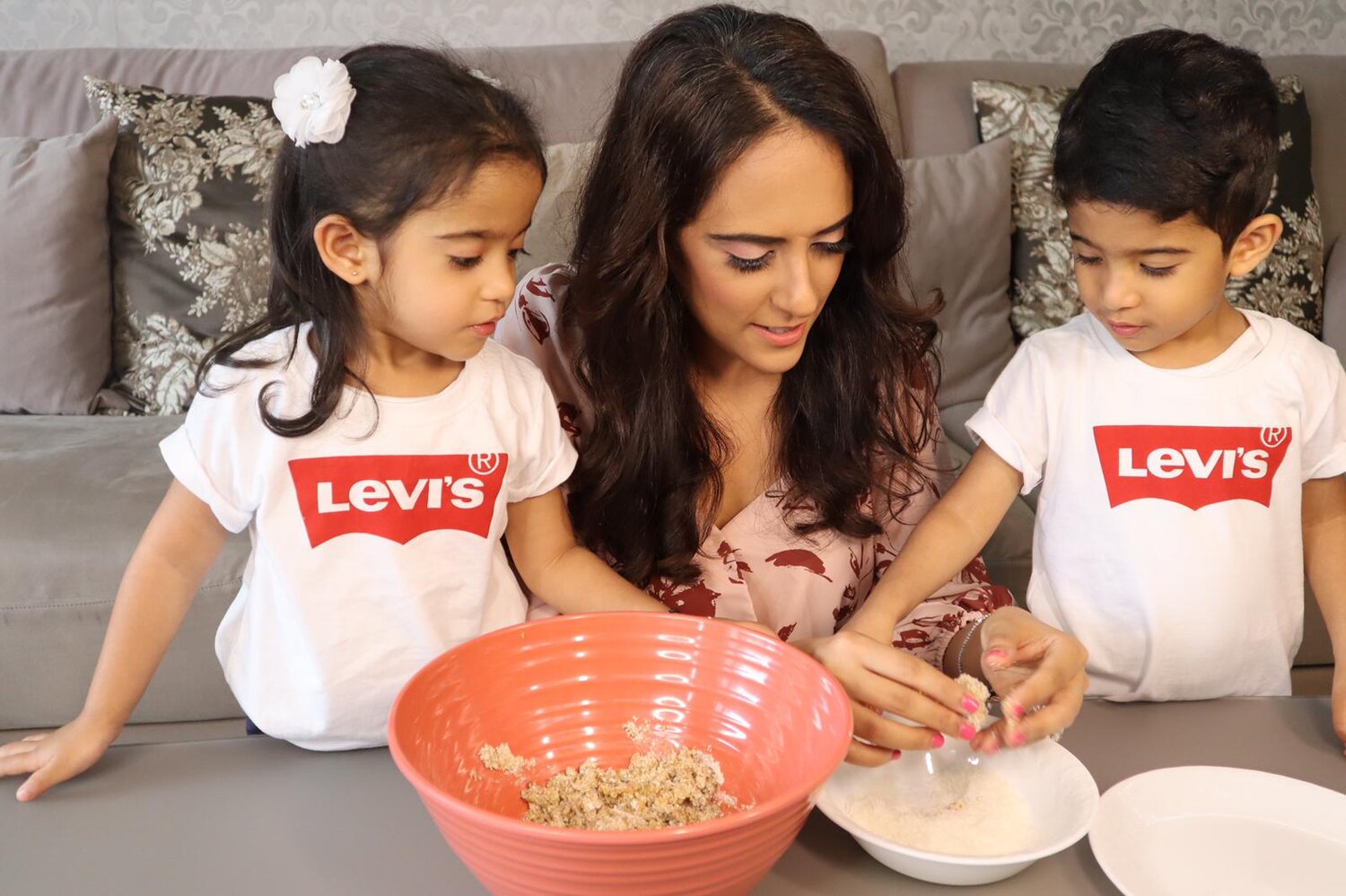What to Feed a Baby: Starting Baby-Led Weaning Without the Overwhelm

Strong 8k brings an ultra-HD IPTV experience to your living room and your pocket.
When a baby is six months old and ready for solids, it might seem like you are taking on something unknown like what to feed my baby. It’s not merely a focus on food. It is about safety, spills, familiar routines and always asking yourself if you are doing this right. In most cases, people disagree.
You really don’t have to make food introduction a big event to succeed. Your baby doesn’t need them to be beautiful on pictures. Simplicity, noticing the cues of your child and giving them the room to learn have positive effects.
Is the Baby Ready?
There’s no magic date that flips the switch from milk to meals. Most babies show signs of readiness somewhere near six months old. Instead of watching the calendar, it helps to watch the baby. A few signs they’re likely ready for solid food:
Sitting up pretty well, without toppling over every few seconds
Holding their head steady
Watching people eat like it’s the most interesting thing they’ve ever seen
If those things are happening, it’s probably time to give solids a try.
What Does Baby-Led Weaning Mean?
What is baby led weaning is really has parents letting their babies feed themselves from the beginning instead of giving them pureed food with a spoon. No jars. No airplanes. Only tender foods that babies are able to choose and taste on their own.
There’s no official list of what to serve, but popular first foods include:
• Steamed veggie sticks (like carrot or zucchini)
• Soft fruits (banana, avocado, ripe pear)
• Scrambled eggs
• Mashed sweet potatoes
• Strips of toast with a little smooth nut butter
Is it messy? Absolutely. But babies learn by touching, tasting, and sometimes throwing food across the room. It’s all part of the process.
What to Serve at 6 Months
This early stage is about exploration, not calories. Milk—whether breast or formula—is still the main source of nutrition. Solids are just the side dish, so to speak.
Good starter foods include:
• Ripe banana in thirds (easier to grip)
• Steamed broccoli florets
• Smashed avocado
• Soft-cooked lentils or oatmeal
• Toast sticks with mashed peas or nut butter (thin spread only)
One new food at a time helps spot any allergies. There’s no rush to build a full menu overnight.
Helpful Tips for Getting Started
Let the baby lead. Some days they’ll eat more, some less. That’s normal.
Expect a mess. A mat under the high chair and a good bib go a long way.
Eat together. Babies mimic what they see. Watching others eat helps them get the idea.
Final Thoughts
Starting solids doesn’t need to be a production. There’s no prize for doing it the fanciest way. What matters most is offering healthy, safe options and creating a calm space for the baby to explore food. Every bite doesn’t have to be a success. Some will be squished. Some will be flung. And some will actually make it into their mouth—and that’s where the learning begins.
Note: IndiBlogHub features both user-submitted and editorial content. We do not verify third-party contributions. Read our Disclaimer and Privacy Policyfor details.




